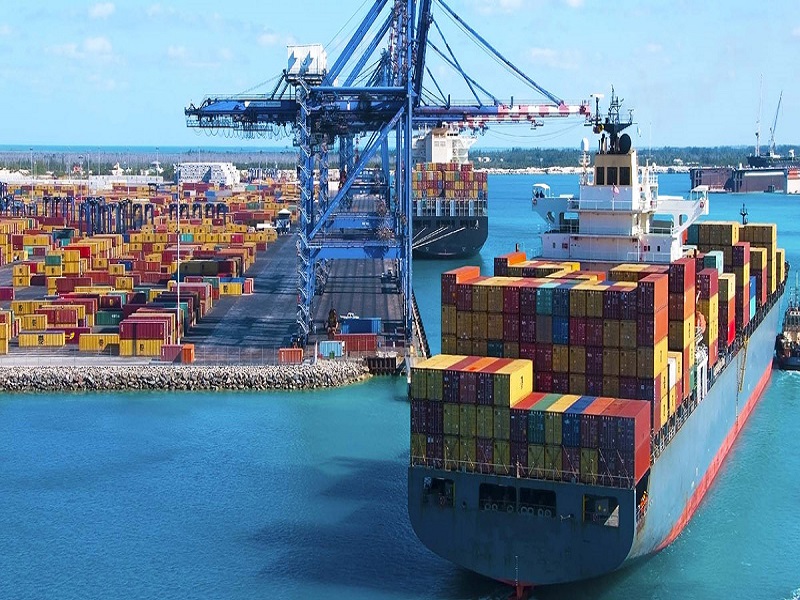Once a bustling port, Masulipatnam played a pivotal yet often overlooked role in shaping Hyderabad’s history. Its strategic trade routes, political connections, and early maritime influence laid the groundwork for the region’s development, paving the way for Hyderabad to rise as a major economic and cultural center in India.
Masulipatnam, now known as Machilipatnam, lying between the mouth of the rivers Krishna and Godavari, is presently the district headquarters in Andhra Pradesh. But this is not the introduction that Masulipatnam deserves to be known for. It has been a historic port from the time of the Qutb Shahis up to the period of the second Nizam, Mir Nizam Ali Khan during the Asaf Jahi times.
Why is it that the Qutb Shahis nurtured this particular port and the Asaf Jahs carelessly gave it away without much thought? This is a crucial question as the port of Masulipatnam had the potential to become the linchpin in rewriting the history of Hyderabad State during the period 1947 – 1948. It remains yet another important link that has not received much attention in understanding Hyderabad State’s incorporation into the Indian Union.
Until the mid sixteenth century, the Masulipatnam port was handled at times by the Vijayanagar State, Qutb Shahis of Golconda and the Gajapatis of Orissa. It was only in Ibrahim Qutb Shah’s regnal period from 1550 to 1580 that Masulipatnam was brought under his administrative control around the 1560s.
a dominant port city on the eastern coast with a population in 1650 equalling that of Golconda Haidarabad or Surat. Perhaps it was the highway built by Muhammad Quli Qutb Shah connecting Masulipatnam to Golconda Haidarabad, that an overland route was created leading up to Surat via Golconda. This dynamic development also led to a new sea route between Masulipatnam and the Middle East which was hitherto operating via the west coast either through Gujarat or the Malabar. The Shia rulers of Golconda wanted to have close ties with the Safavids in Iran and wanted to provide pilgrims safe passage to Mecca. Thus, the Persians who were coming into Qutb Shahi Haidarabad invested heavily in shipbuilding and trade in Masulipatnam.
It was the minimal Portuguese presence on the eastern side that allowed Masulipatnam to prosper compared to the ports of the Adil Shahis and Nizam Shahis on the western side that faced a lot more Portuguese interference. After all there was no other port like Masulipatnam up to the Cape Comorin that could handle 800 tons vessels.
Ali Khan’s reign with the nobles of the court and their retainers returning to Hyderabad from Aurangabad along with other government officers, and Hyderabad registering an increase in power and wealth as well as rapid development and expansion which facilitated economic development as it is he who re-shifted the capital of the Deccan from Aurangabad to Hyderabad in 1763. Then what were the compulsions that did not allow him to retain the Northern Circars under the Asaf Jahi’s jurisdiction?
Between 1765 and 1800, Nizam Ali Khan concluded several treaties with the English, which diluted his power. After the Anglo-French wars in the Carnatic, when Nizam Ali Khan joined the peace negotiations in May 1767 the agreement that was signed turned out to be advantageous for Hyderabad, Marathas and Haidar Ali so much so that the British were isolated. But the treaty of Masulipatnam signed by the British in 1768 with Nizam Ali Khan had humiliating clauses and was equally disadvantageous for the other Deccan powers. Nizam Ali Khan had to transfer the Northern Circars of coastal Andhra to the British. In return, the British agreed to keep a subsidiary military force at the disposal of Mir Nizam Ali Khan which could be used as and when required. They agreed to pay Rs 9 lakh per annum to him, later this payment was reduced to Rs 7 lakh.
Nizams they tried to regulate the production process of the weaving industry in the century old textile economy basically by eliminating the middlemen. But the traditional structure of the weavers was so complex and resistant to change that the British had to recognise the intermediaries as P Sudhir and P Swarnalatha, leading authorities on the textile trade in Masulipatnam from 1750 to 1850 say. Thus the link between Hyderabad and Masulipatnam was broken which gradually also impacted Masulipatnam’s importance in Hyderabad’s political eco system.
As a fallout of these political and economic developments, Hyderabad State lost a very important outlet to the sea and remained a landlocked region during its most critical period of 1947 and 1948 when the future of Hyderabad had to be decided regarding their internal government and their relationship with India. #hydkhabar
(About the Original Author: Salma Ahmed Farooqu, Director for H.K.Sherwani Centre for Deccan Studies in Maulana Azad National Urdu University, Hyderabad.)

